Embedded Systems Engineer
You program all resource constrained systems in the exoskeleton and form the bridge between the hardware and software.
As Embedded Systems Engineer, your commitment ensures that the exoskeleton's electronics are worth more than just their weight in copper or silicon. You enable a flow of data throughout the exoskeleton by reading sensor data, programming microcontrollers, developing motor controllers and guiding the sensor data to the desired location. You give meaning to the stream of ones, zeros and voltages. So, basically, you ensure that all components work in harmony, bringing a smooth walking exoskeleton into existence!
What you will do as Embedded Systems Engineer
As Embedded Systems Engineer, you are the interface between hardware and software, which means that you’ll collaborate with multiple departments. You design PCBs together with the Electrical Engineers, and in collaboration with the Software Engineers, you determine which data is received and in what manner. In the meantime, the Design Engineers might ask you what kind of cables you intend to use and in what colour they're available, and you configure the motor controllers together with the Control Engineers based on the motors chosen by the Mechanical Engineers. The role of an Embedded Systems Engineer therefore requires solid communication between a lot of different team members.
Your primary job is designing, assembling and programming the motor controllers that are present all over the exoskeleton and connecting the encoders and other sensors to communicate through the exoskeleton. Besides collaboration and programming there is lots of space for your own interpretation and you can help with using the newest hardware, such as EEG, depth cameras, IPD or the embedded master computer.
You recognize yourself in
You have an interest in either computer science or electrical engineering.
You are interested in circuitry and programming.
You have experience with programming and may have experience in C or C++.
You are a team player.
You are interested in programming microcontrollers (STM32).
You want to become (even) better at
Applying your programming skills to complex problems.
Understanding electric circuits.
Low level programming.
Working lean and agile in a design process.
Working with a version control system (Git).
All practical embedded systems skills (soldering, crimping, connector choices, battling EMI etc.).
Working independently within a team, setting your own deadlines while taking into account many others.
You get in return
Technical and personal skills.
Experience in working together in a large multi-disciplinary team.
The space to make mistakes and learn from them.
A year full of unforgettable memories and new friends.

